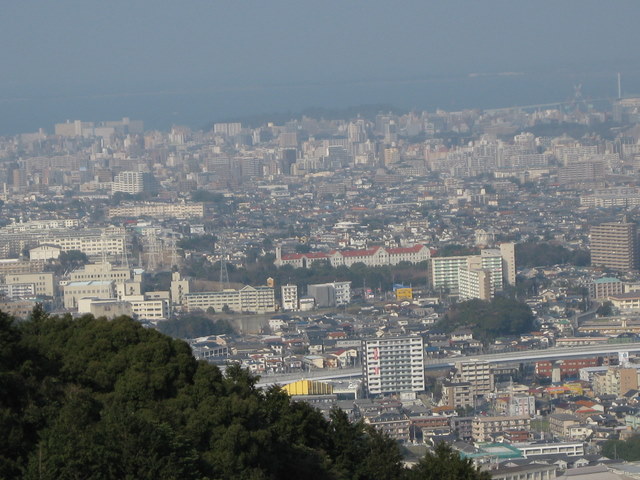In the wake of the disastrous earthquake and tsunami on 11 March 2011, the Superior General, Father Ronald D. WITHERUP, p.s.s., tried to make contact with the Sulpician confreres in Japan. After two days word was finally received from Sulpician Father Joseph Tsuyomi MAKIYAMA, p.s.s., rector of Japan Catholic Seminary, which is entrusted to the Canadian Province of the Sulpicians, was able to send an email to affirm that the seminary and all its residents were safe.
 Father Makiyama with Bishops in 2009
Father Makiyama with Bishops in 2009
The seminary, which was erected by the Japanese Conference of Bishops in 2009 and entrusted to the Sulpicians to direct, has two campuses, one in Fukuoka and one in Tokyo. The earthquake struck just at the time seminarians had returned to their dioceses for a vacation period, so they were not present at either campus at the time of the disaster.
Father Makiyama noted that only one seminarian comes from Sendai, the city hardest hit by the disaster. Fortunately, the seminarian is safe at present and is engaged in helping the people of his region cope with this unprecedented disaster.
 A View of Fukuoka with Seminary in Center
A View of Fukuoka with Seminary in Center
Another Sulpician, Mgr Joseph Mitsuaki TAKAMI, p.s.s., Archbishop of Nagasaki, spoke publicly on the disaster in an interview with L’Osservatore Romano published on March 23, 2011. Speaking of the serious preoccupation with the effects of the nuclear emergency at Fukushima, which was severely damaged in the earthquake and subsequent tsunami, he expressed gratitude for all the assistance that has been forthcoming from various parts of the world.
Mgr Takami, a survivor of the atomic bomb on Nagasaki, said he was hesitant to compare the present disaster with that suffered by his city and Hiroshima during World War II, when the United States dropped atomic bombs in order to end the war more quickly. He said, “The tragic bombardments of Hiroshima and Nagasaki occurred in the context of war. In contrast, the present situation is due to a serious natural disaster, the effects of which would otherwise have been less serious if better precautions had been taken.”

Noting that his diocese has sent experts to aid in efforts to help those displaced by the disaster, he said, “Aid that comes from the direct descendants of the victims of the atomic bomb can be an effective witness [to those suffering from this tragedy].”
Mgr Martin Tesuo HIRAGA, Bishop of Sendai, the capital city of Miyagi, noted that with the assistance of various agencies, including Caritas Japan and Catholic Relief Services, the Catholic Church has established “Sendai Diocese Support Center” to help coordinate relief efforts. He pointed out that, to date, about 7,000 bodies of victims have been found, with another 10,000 or more still unaccounted for. The demands for accommodating the 280,000 men, women and children displaced by the disaster remains a serious challenge. The situation is compounded by the ongoing threat of the nuclear plant at Fukushima, which continues to spew out radiation into the atmosphere.
Archbishop Leo Jun IKENAGA, S.J. of Osaka published the following prayer that he requested be circulated throughout the Church to promote solidarity with the victims of this natural disaster.
Merciful God, you never depart from us even in the worst of times; be with us in both our joy and in our sadness. Grant your aid and encouragement to those who suffer in the face of this great calamity. We, too, continue to offer you our prayers and sacrifices for their sake. Bring us with all possible haste to the day when all can live in safety. May all those who have lost their lives in the devastation find peaceful repose in your presence. Mother Mary, pray for us. Through Christ our Lord, Amen.
We Sulpicians join with the people of Japan in praying for a quick and full recovery from the effects of this natural disaster.


